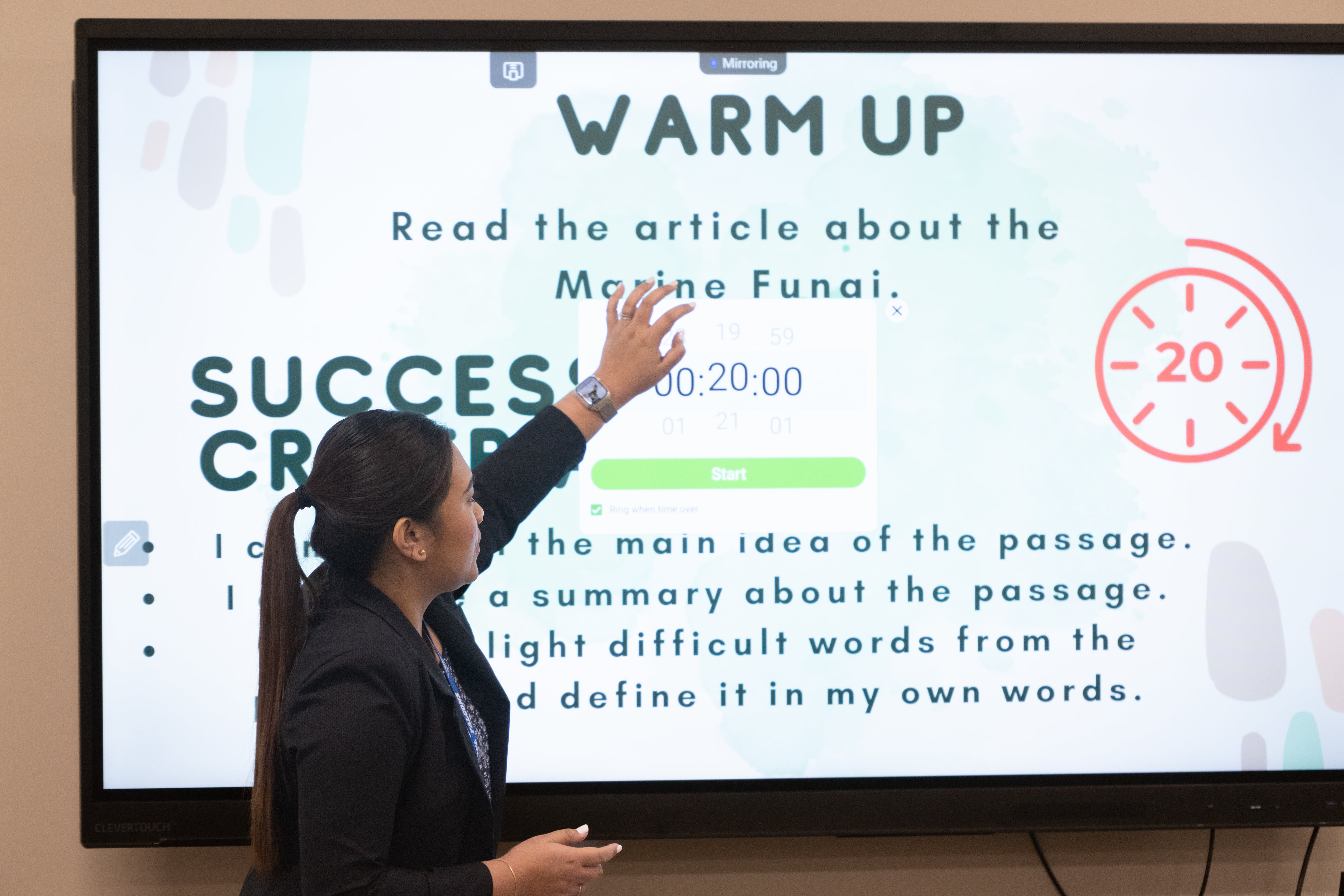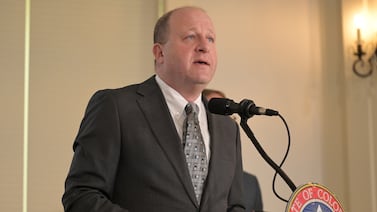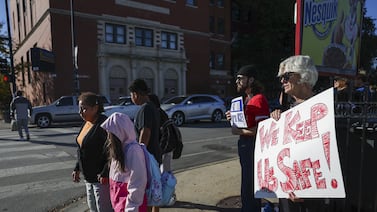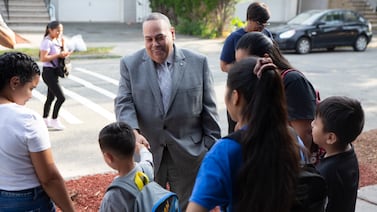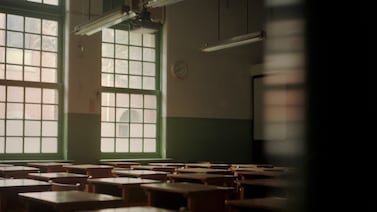Sign up for Chalkbeat Colorado’s free daily newsletter to get the latest reporting from us, plus curated news from other Colorado outlets, delivered to your inbox.
When it came to giving schools more local funding, Colorado voters were reluctant to raise taxes this year.
Typically presidential election years can be good years for districts to ask voters to raise taxes for schools. But this year, only about half of the requests, or 22 out of 41, were successful, according to unofficial results as of Friday morning. That’s fewer than in 2020 when about 90% of the measures were successful and also in 2016 when 68% of measures passed.
This year, of those 22 that voters approved, only 11 were actually tax increases.
Many of the successful ballot measures from school districts this year can at least in part attribute their success to the fact that they could say to voters that approving the measure wouldn’t mean a new or higher property tax.
In the Adams 12 school district north of Denver, the district’s two requests had split results, precisely on that basis.
The district was able to ask voters to incur new bond debt, but it would be able to pay for it with the existing tax collections. Voters widely supported that measure. It’s going to help rebuild the deteriorating Thornton High School, add a new central kitchen and warehouse, as well as pay for other maintenance of schools.
But in a bid for a new mill levy override that would provide ongoing dollars to raise teacher salaries, Adams 12 voters rejected the measure. If approved, homeowners would have had to pay about $2.04 per month per $100,000 in home value.
“We know the burden is higher,” said Adams 12 Superintendent Chris Gdowski. “Incomes are tight and squeezing in more. We know that was beyond what our families were able to do.”
Still, the district is going to continue to help the community understand school budgets, including possible revenue losses the district might face, and then do polling again later this school year to figure out “if things have changed with the property tax pinch.” Gdowski said the plan would likely be to ask voters again either in 2025 or 2026.
Denver and Aurora school districts had some of the largest funding requests on the ballot, and neither required those communities to pay a higher tax rate. Both measures were approved by large margins.
All of the measures that failed would have meant higher property taxes for homeowners. That includes measures for the Thompson school district, Pueblo County 70, several in Weld County including Weld Re-8 in Fort Lupton. In Adams 14, initial results seemed to indicate that both the district’s request for a bond and mill levy would be rejected, but by Friday, the margins had closed in and the mill levy measure was losing by only one vote. The Adams 14 measures would cost homeowners $6.52 per month per $100,000 of home value.
In Douglas County, where the district had struggled to pass a bond request for the last two years, voters approved a bond this year that — this time — did not require a higher tax rate. The money will go to building new schools in growing parts of the county.
The few districts that did pass a tax measure that required a higher tax rate include the Poudre school district in northern Colorado, Cherry Creek, Platte Valley in Weld County, Harrison in Colorado Springs, Durango, and Montezuma – which was successful in passing a mill levy override for the first time ever.
In Cherry Creek, voters were asked to approve a bond for $950 million and a mill levy override to net $9 million that together would cost homeowners $3 per month per $100,000.
The Harrison mill levy override to also get $9 million will cost those homeowners $5.31 per month per $100,000 of a home’s value, and that’s without a bond.
Harrison Superintendent Wendy Birhanzel said that she knows in her community, which has many low-income families, making the request was a challenge. She thinks it helped that the last time voters approved a tax increase for a bond the district used it to improve all buildings.
“It showed our community that when we have a plan we will follow it,” Birhanzel said.
The mill levy override would pay for increased teacher salaries. But voters in Harrison also might have been showing support for another program that would be paid for with the new funding: continuing a scholarship program for all district graduates.
The scholarship started three years ago. With the approved funding, it will go to students regardless of other funding they get for college, which means they can get the district scholarship to cover tuition and then still receive other scholarships or federal funding to help with other expenses. Families may have seen the program as a direct return on investment, she said.
“It really truly creates equity for our kids,” Birhanzel said. “Our families really have got behind that.”
Holyoke, in the northeast corner of the state, was able to pass a measure that required a new tax for bonds that would only kick in if the state gets a grant to help build a new elementary school. The district last year didn’t get the grant, but the district plans to try again this year. School districts that win the state’s BEST grants for help with capital projects must have some matching funds to pay for the cost – and the Holyoke voter approval will assure the district has that this time.
Superintendent Kyle Stumpf said it was an “extremely difficult ask” for his community. As of Thursday, the measure was winning with just 70 votes.
“Our farming and ranching community supports our district very well and have always supported us, but it’s been extremely tight this year,” Stumpf said.
What made the difference, he thinks, is that parents of elementary children who attend the school building, which was built in 1954, have seen that maintenance problems are getting worse.
There have been main-water line breaks, one of the original 1954-electrical outlets caught fire, and on Election Day this week, the elementary school had to be evacuated for a gas leak. Officials ended up finding not one but three gas leaks in the school’s boiler room.
Plus, he said, the school building doesn’t have a lot of capacity to work with the technology students use now, or to accommodate smaller learning environments where teachers can work with students who need different support, including English learners.
“The building has served its purpose, but it was not designed for today’s type of education,” Stumpf said.
He said the district is “just very fortunate,” that it seems a majority of voters approved the measure. He said he expects it will be an investment that will serve the community for a long time.
Yesenia Robles is a reporter for Chalkbeat Colorado covering K-12 school districts and multilingual education. Contact Yesenia at yrobles@chalkbeat.org.

